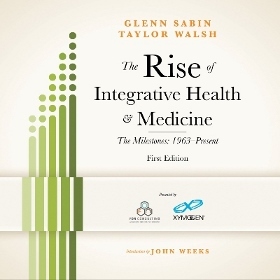
America’s ‘Pain Epidemic’ and the Role of Integrative Medicine Providers and Payers
Sure, treating acute pain with conventional medical interventions and drugs can be quite helpful, but similarly treating “chronic” pain across various conditions and pathologies often amounts to little more than simply masking symptoms. Whether taken orally or as an injectable, drugs (including steroids) can temporarily reduce inflammation and pain but their potential deleterious long term negative effects can often take a significant physical, emotional and/or financial toll on patients and









